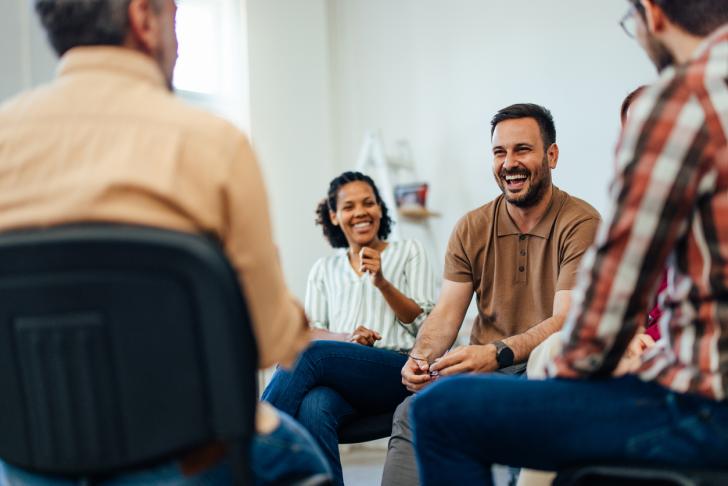Acupressure Provides Healing Without Needles

Published
Acupuncture generally does not hurt, but needles can still be intimidating for some patients.
Here's an alternative: Acupressure, a healing therapy you can use on yourself by pressing with your hands on key points. It can be a simple technique: Find the spot between your thumb and the base of your index finger. Press down with your opposite thumb, firmly, for 10 minutes. Done correctly, this can provide relief for headaches, stress or insomnia.
Like acupuncture, acupressure comes from traditional Chinese medicine. It seeks to restore the body's natural flow of qi, or life-force. It can be a powerful tool for patients new to Chinese medicine.
"We have patients who are unsure about acupuncture or simply find it scary," says Benjamin Apichai, MD (China), MS, LAc, a core faculty member in the Bastyr University Department of Acupuncture and East Asian Medicine and a clinical supervisor at Bastyr Center for Natural Health, the University's teaching clinic. "With acupressure, they have no problem."
Acupressure can help with many muscular ailments: soreness, neck pain, sciatic (lower back) pain, carpal tunnel syndrome and tennis elbow. It can also help with fatigue, migraines, diarrhea and constipation.
Practitioners at Bastyr Center can teach you multiple acupressure techniques that provide healing without side effects. The therapy uses the same "points" on the body as acupuncture, but instead of accessing meridians within the body, it works at the surface.
"It's primarily a difference of fingers versus needles," says Dr. Apichai.
Acupressure is a part of tui na, a form of Chinese bodywork that also incorporates vigorous massage. Bastyr Center clinicians can treat you with tui na massage during an office visit, then teach you techniques to practice at home. One technique involves kneading the space between yours eyes to relieve eye fatigue. Another massages the temples to relieve headaches. The point between the thumb and index finger is called large intestine 4, connected to the body's digestive system.
Many people have a general idea that these techniques help. By learning the proper form, location, length and time of day for them, they can turn them into helpful tools.
"These are simple but effective ways to feel better," says Dr. Apichai.


